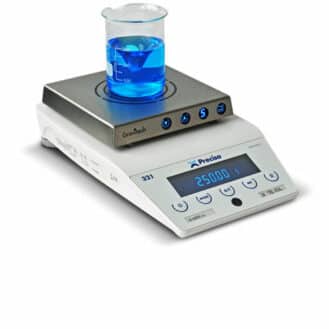You can choose between different freezer configurations according to the space available for your installation. There are upright, chest, and built-in freezers. The types of doors vary depending on the model. You can also opt for a combined fridge and freezer.
Upright freezers take up little space on the floor. However, they consume more energy than equivalent chest models. Upright freezers are practical when you need regular access to stored samples.
These take up more space than upright freezers but are more economical as they consume less energy. When space is not an issue, it is preferable to opt for this type of freezer.
These can be installed under a workbench, for example in a laboratory. They are very practical but generally offer less storage capacity.
These freezers have between one and four doors. There are models with glass doors and others with solid doors.
These models have at least two independent compartments: one that functions as a freezer (with temperatures below 0°C) and the other as a refrigerator (with temperatures above 0°C).

Liebherr chest freezer

Upright freezer from B Medical Systems







